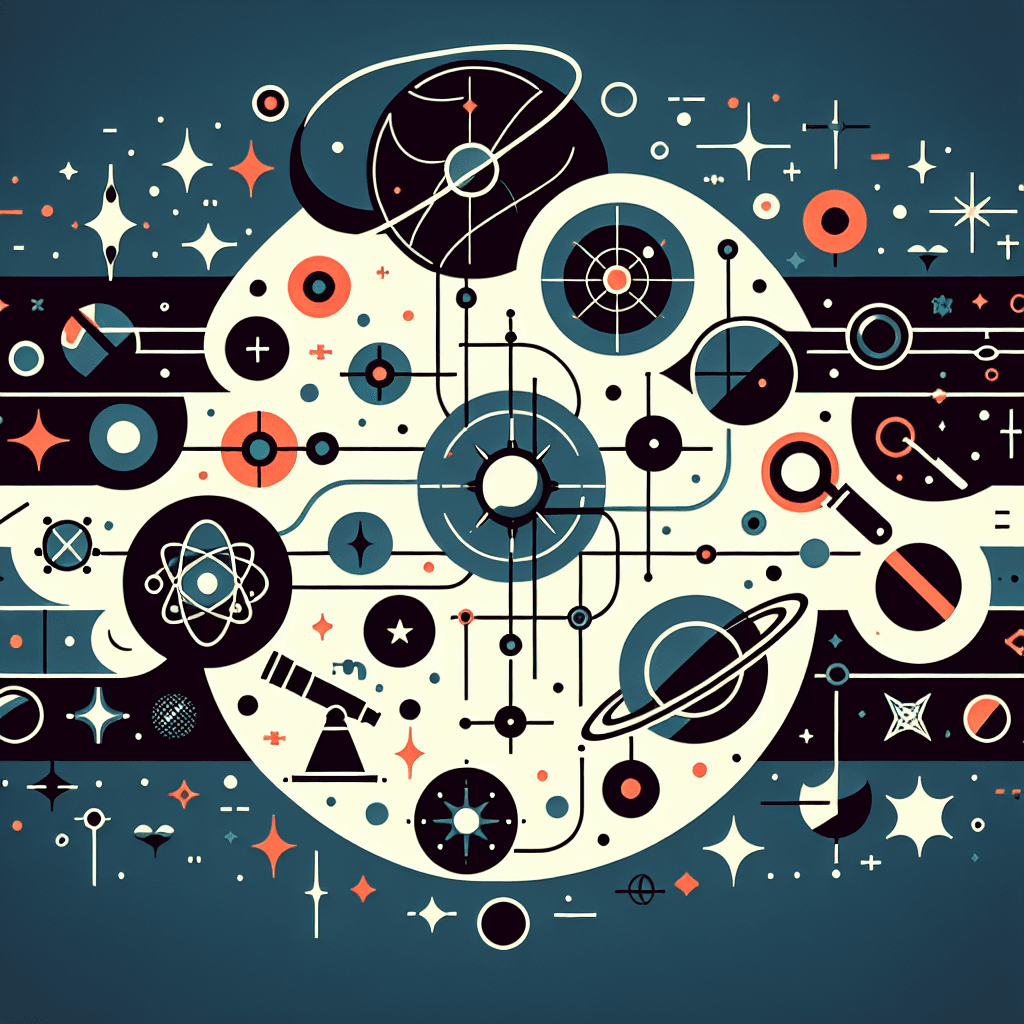Learn: Astronomy 1
Concept-focused guide for Astronomy 1 (no answers revealed).
~7 min read

Overview
Welcome, space explorers! Today, we’re diving into the fascinating architecture and features of our solar system, focusing on the unique properties of planets, their moons, and the dynamic belts of objects that orbit our Sun. By the end of this session, you’ll confidently navigate questions about planetary classification, atmospheric conditions, orbital mechanics, and the defining features that make each planet stand out. Let’s break down the cosmic patterns and reasoning that will help you succeed—not just on this quiz, but in grasping the solar system’s wonders.
Concept-by-Concept Deep Dive
Planetary Rotation and Day Length
What it is:
A planet's "day" refers to the time it takes to complete one full rotation on its axis. This period can vary enormously between planets.
Understanding rotation rates:
- Giant planets vs. terrestrial planets: Gas giants often rotate much faster than rocky planets. Their rapid spinning can be surprising given their massive size.
- Measurement: Astronomers determine rotation by observing cloud features or radio emissions tied to a planet’s magnetic field.
Reasoning recipe:
- Recall that a shorter rotation period means a shorter day.
- Compare known day lengths: Mercury and Venus have very long days, while one gas giant is famous for an incredibly quick rotation.
Common misconceptions:
- Thinking that smaller planets must rotate faster—this is not a rule; composition and formation history matter more.
- Confusing revolution (orbiting the sun) with rotation (spinning on axis).
Planetary Classification: Pluto and the Definition of a Planet
What it is:
The International Astronomical Union (IAU) defines a planet using specific criteria. Pluto’s status changed as a result.
Key classification criteria:
- Orbits the Sun.
- Sufficient mass for a nearly round shape (hydrostatic equilibrium).
- Cleared the neighborhood around its orbit: This means the planet has become gravitationally dominant and removed most other objects near its orbit.
Reasoning recipe:
- Check if the object meets all three criteria.
- Understand what "clearing its orbit" really means—being the dominant gravitational force in its path.
Common misconceptions:
- Believing size alone determines planetary status.
- Assuming historical classification remains unchanged regardless of new discoveries.
Distinguishing Features of Planets: Rings, Color, and Moons
Ring Systems
What it is:
Several planets have rings, but one stands out for their brightness and complexity.
What to look for:
- Structure: Some rings are faint and narrow, others are broad and bright.
- Composition: Typically made of ice, rock, and dust particles.
Common misconception:
- Thinking only one planet has rings—multiple do, but not all are easily visible.
Color and Surface Features
What it is:
Planets are often nicknamed for their appearance.
- Red planet: This label comes from surface minerals, not atmosphere or temperature.
- Hottest planet: Surface temperature is influenced by atmospheric composition (e.g., greenhouse effect), not just proximity to the Sun.
Reasoning:
- Match color nicknames to surface chemistry.
- Understand how atmospheric gases trap heat.
Moons
What it is:
Planets vary dramatically in the number of natural satellites.
- Giant planets tend to have many moons, due to their stronger gravity and formation history.
Reasoning:
- Check recent discoveries, as moon counts can change with new observations.
Misconception:
- Assuming the biggest planet always has the most moons—recent findings can change the rankings.
Belts and Small Body Regions
What it is:
The solar system is divided by regions densely populated with small bodies (asteroids, comets).
- Asteroid Belt: Lies between Mars and Jupiter.
- Kuiper Belt: Beyond Neptune, home to many icy bodies, including Pluto.
🔒 Continue Reading with Premium
Unlock the full vlog content, professor narration, and all additional sections with a one-time premium upgrade.
One-time payment • Lifetime access • Support development
Join us to receive notifications about our new vlogs/quizzes by subscribing here!